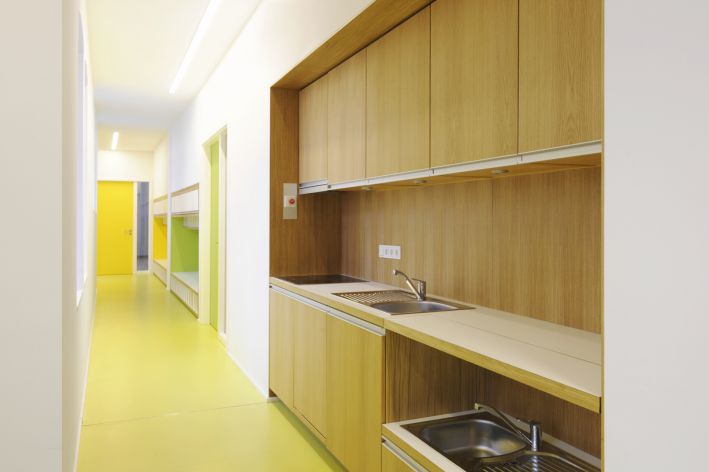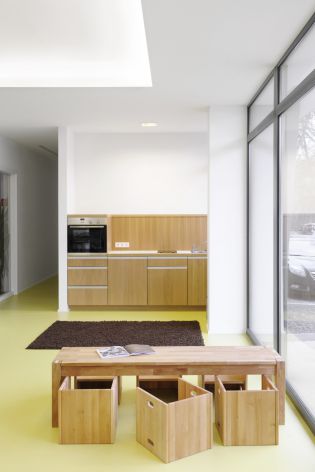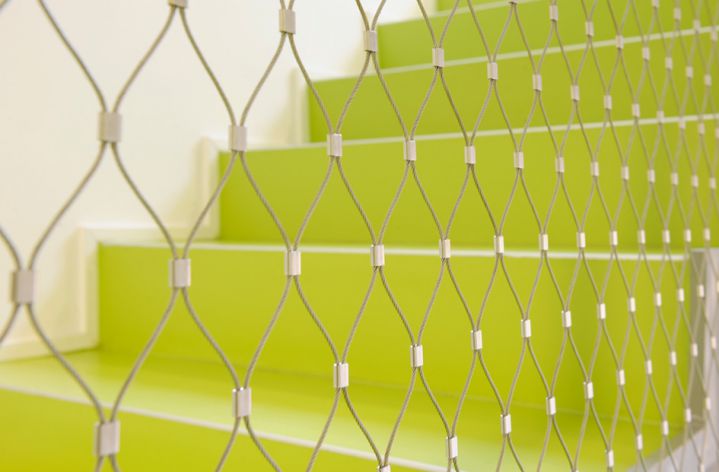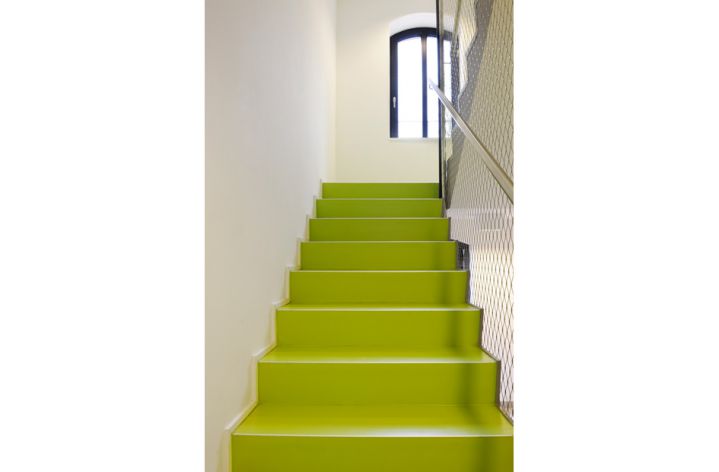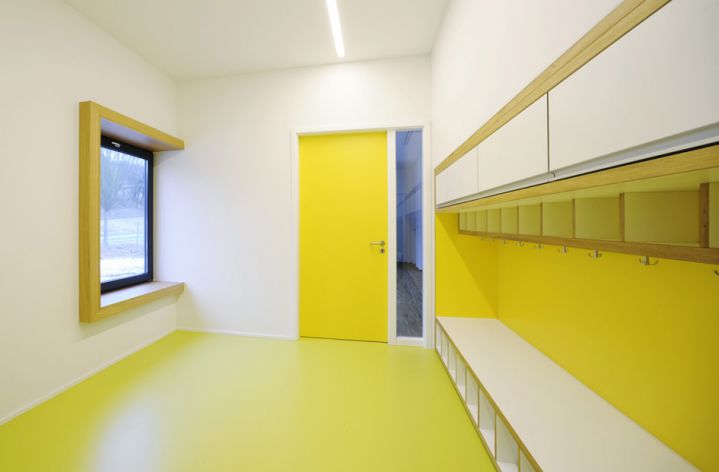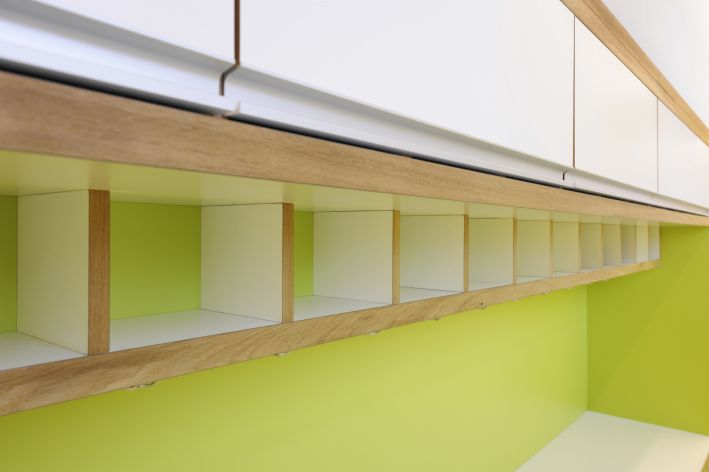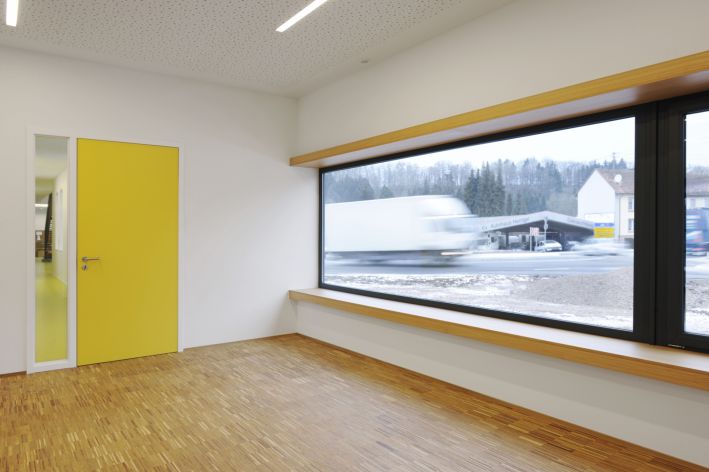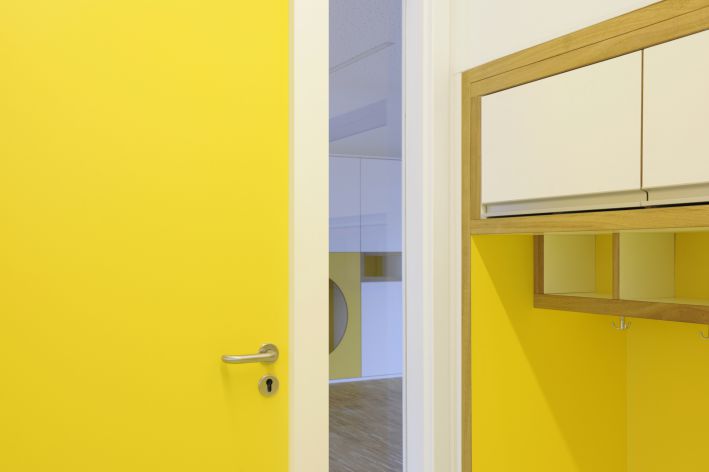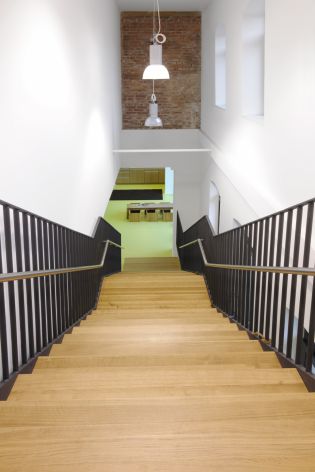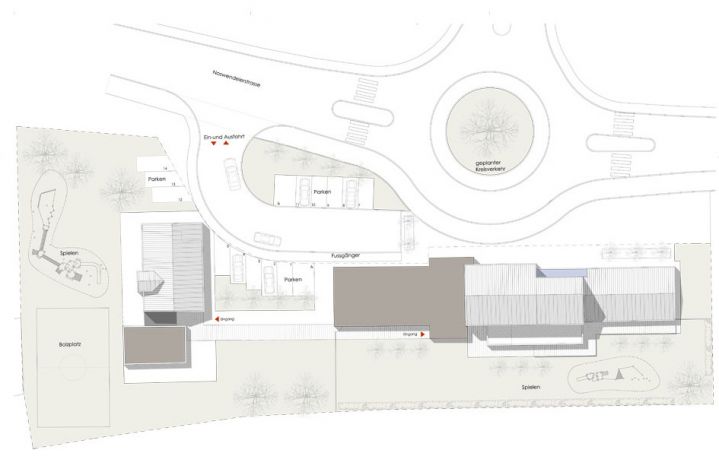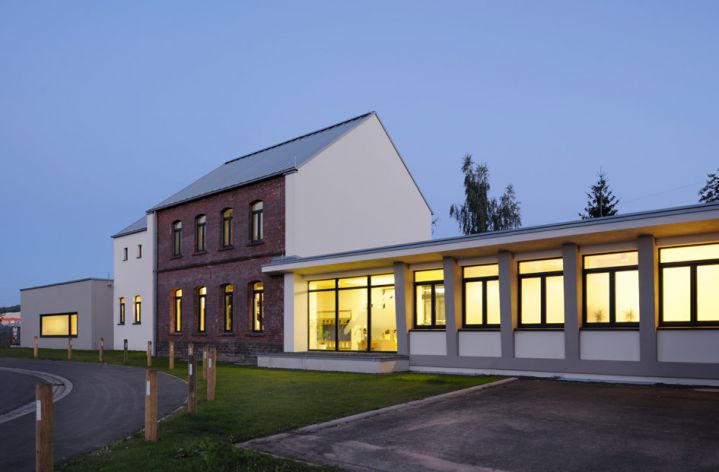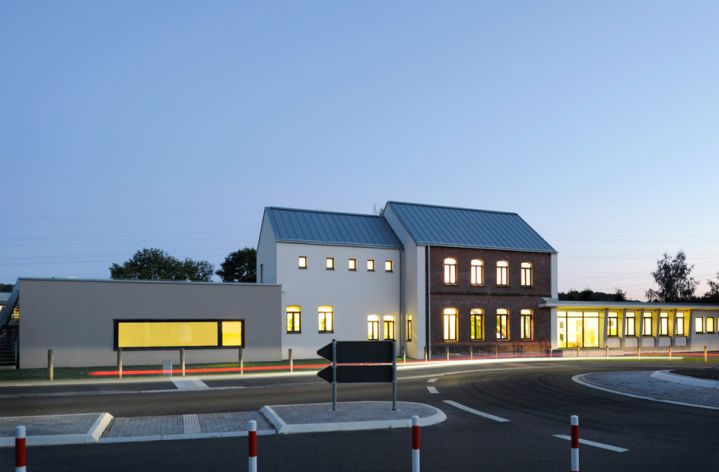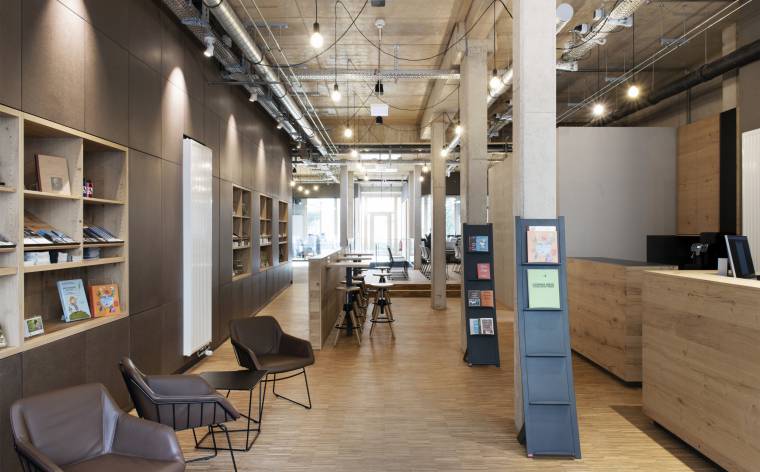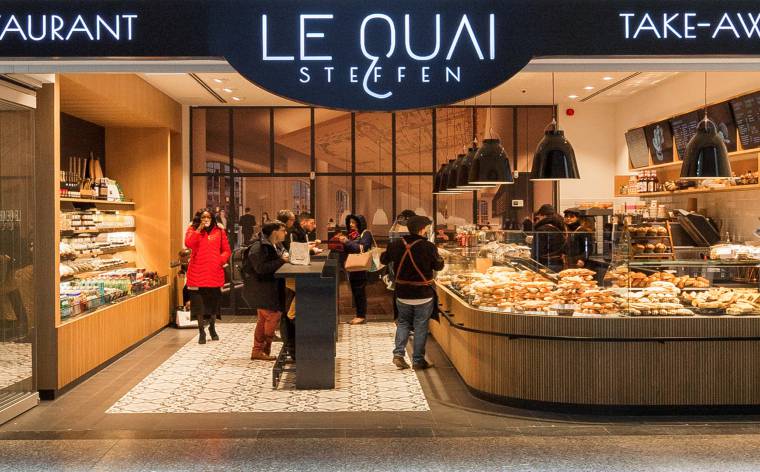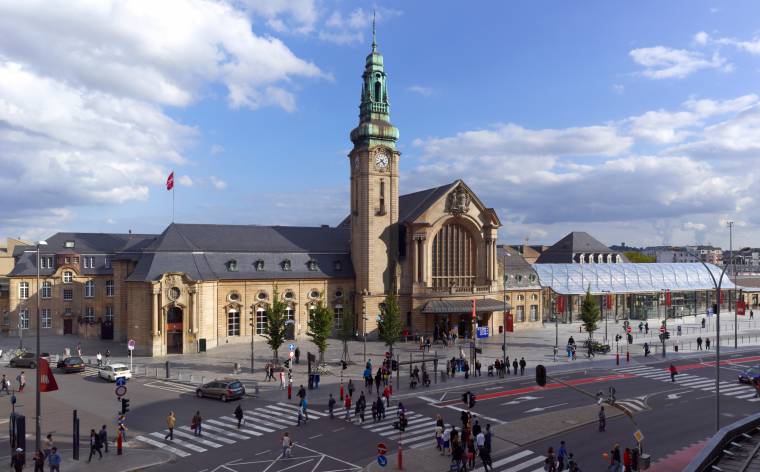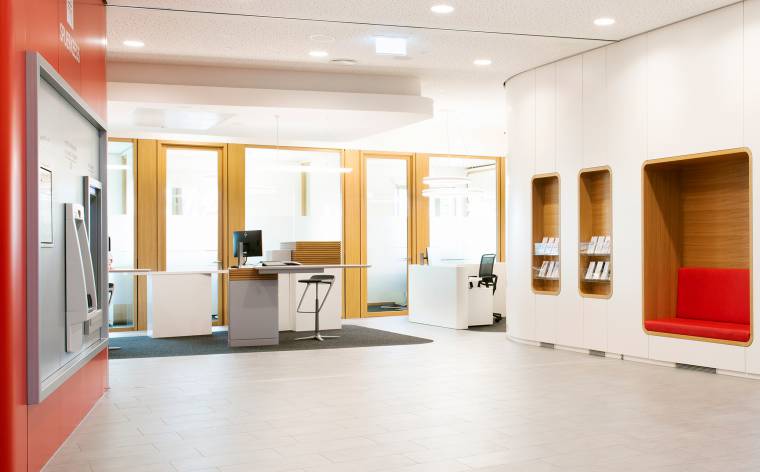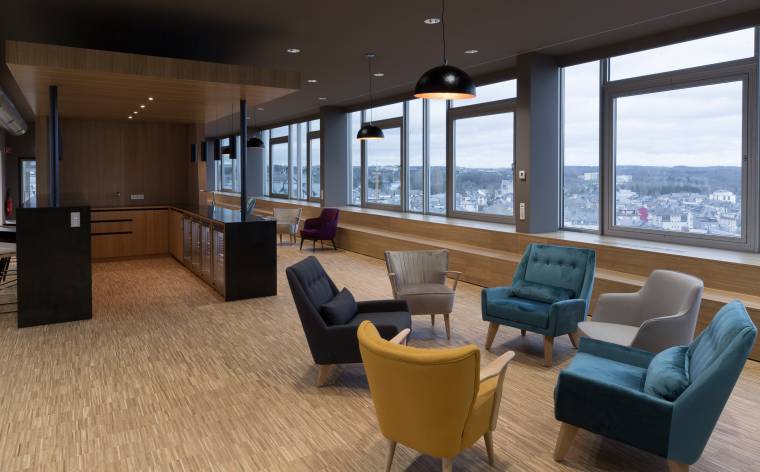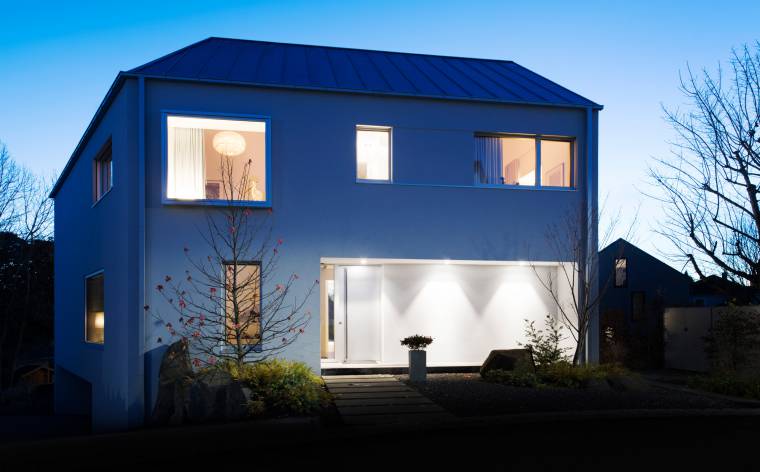Category :
Interior design
Project :
Conversion of a former railway station and station manager house into a day care centre and family centre
Client :
Gemeinnützige Gesellschaft, Kinder- und Jugendhilfe St.Maria Weiskirchen
Country :
Germany
Area :
gfa 1.390 m²
Start of planning :
10/2009
Realisation :
08/2012 - 09/2013
Share on
project conversion of a former railway station and station manager house into a day care centre and family centre client gemeinnützige Gesellschaft, Kinder- und Jugendhilfe St.Maria Weiskirchen (GER) planning services WW+ design, executive planning and artistic supervision partner: civil engineering Ingenieurbüro Groß, Weiskirchen (GER) technical engineering Ingenieurbüro Hanno Klein, Rappweiler(GER) gfa 1.390 m² ufa 1.155 m² gv 5.430 m³ total area 3.500 m² net construction costs 1.730.000 € total gross costs 2.591.225 € start of planning 10/2009 realisation 04/2010 - 04/2012 realisation gymnastics room 08/2012 - 09/2013
Concept day care
The conversion of the railway station built in Wadern-Dagstuhl in 1897 into a day care centre with family centre and offices is an ambitious project, which envisages largely retaining the railway station, a protected monument under threat of demolition. The historical character of the existing building and the existing fabric have been taken into account and renovated, extended and thus given a new future-oriented use. The harmony present between the old structures and their new use solves the balancing act between the traditional and the modern.
Day care room layout
The new layout has been designed according to the necessary functions of an institutional centre caring for approximately 30 infants aged 0 to 3 years: following the necessary gutting of the building, today the new day care centre has three common rooms, dedicated sleep and changing rooms, a gymnastics room, a dining room, required social rooms as well as a child-friendly outdoor area with corresponding play areas.
Floor plan of the day care centre
The new floor plan of the building provides varied multi-purpose internal rooms. Since there is a road that runs in front of the building as well as a roundabout, hallways with adjoining rooms have been placed in front of the recreation rooms as buffers. The generous hallway area is used as an experience and play zone and features an integrated kitchenette. The common and sleep rooms for the children lie on the south side away from the traffic with access to the adjoining open spaces. At the rear and with sufficient distance to the road is also the entrance, which features a welcoming foyer, enabling easier control of children and visitors. To the side, the fixed glazing of the doors to the common and recreation rooms allows an insight into all the rooms and therefore a good overview. Each common room has been allocated a changing room, a sleeping or rest area as well as an equipment room. Part of the building features two storeys. This is where the kitchen and dining area can be found, as well as a gymnastics room for play and sport with an allocated equipment room.
Materiality and colour scheme of the day care
From the original building, only the outer walls, the basement ceiling and the concrete roof of the station hall were able to be retained. During the conversion, emphasis was placed on using primarily natural materials. In addition to painted plasterboard walls, lamella parquet (wood) laid edgewise and rubber was used for the floors with a small part being tiled. The ‘brick character’ of the façade of the main building is also repeated inside in the staircase area. A discreet, yet discerning and child-friendly colour scheme completes the interior design. The theme desired by the operator of ‘Jim Knopf – world explorer’ alludes to the previous use of the building. The colour coding of the groups along the themes of water, earth and sun further accentuates and facilitates the orientation.
Energy concept of the day care centre
The building uses gas heating. Underfloor heating provides a warm floor in the colder months, in particular for crawling toddlers. To ensure all the rooms are sufficiently ventilated, the recreation rooms (common room, sleep room) are equipped with an independent mechanical aeration and ventilation system. The ‘heating’ of the air supply is achieved through heat recovery via a heat exchanger. This guarantees the necessary air exchange rate with the ventilation system achieving a high level of comfort.
Family centre room layout
In a second building phase, the neighbouring building of the railway station, the former station manager house, was converted into the Hochwald family centre. It is the administrative home of the ‘St Maria Child and Youth Welfare’ and features a secretariat, offices and conference rooms. In addition to the day care centre, the new owner of the child and youth support centre provides afternoon care for children or adolescents between the ages of 6 and 15. Further enhancing the complex is an additional multifunctional space measuring approximately 60 m², with attached secondary rooms. It is intended as a sports room for the children and adolescents who are being looked after and can also be used as an events room. The day care centre may also use it when needed. Completion is anticipated by spring 2013.
Floor plan of the family centre
The existing floor plan of the former station manager house has essentially been retained. The approximately 15 m² rooms in their new function are used as homework rooms or offices. Two of the homework rooms are separated by a mobile partition wall and can, if necessary, be flexibly combined into a larger room measuring 32 m². They are complemented by a larger conference room as well as toilet facilities with wheelchair access and a kitchen to cater for the children and adolescents who are being cared for. The homework rooms have been designed to be easily accessible on the ground floor, while the administration and offices are housed on the upper floor and in the attic.
Materiality and colour scheme of the family centre
The brick character of the outside façade was able to be maintained thanks to a carefully thought-out interior insulation. The load-bearing walls were maintained and new plasterboard walls were added, while the newly installed concrete ceilings and walls were painted white. The green linoleum floor provides a colour contrast. The plan is to provide the south-west outside area with a small football pitch. The exterior uses mainly wood, as evidenced by the terraces, the connecting paths between the day care centre and the family centre as well as the playground equipment made of natural wood.
Energy concept of the family centre
The family centre uses mineral and fibre-free internal insulation. The building is powered by gas heating. Underfloor heating provides a comfortable warmth. A deliberate choice was made to forego a ventilation system, since the small rooms used by school children and support staff have enough windows that can be opened and so natural ventilation was preferred.
Contact us !
